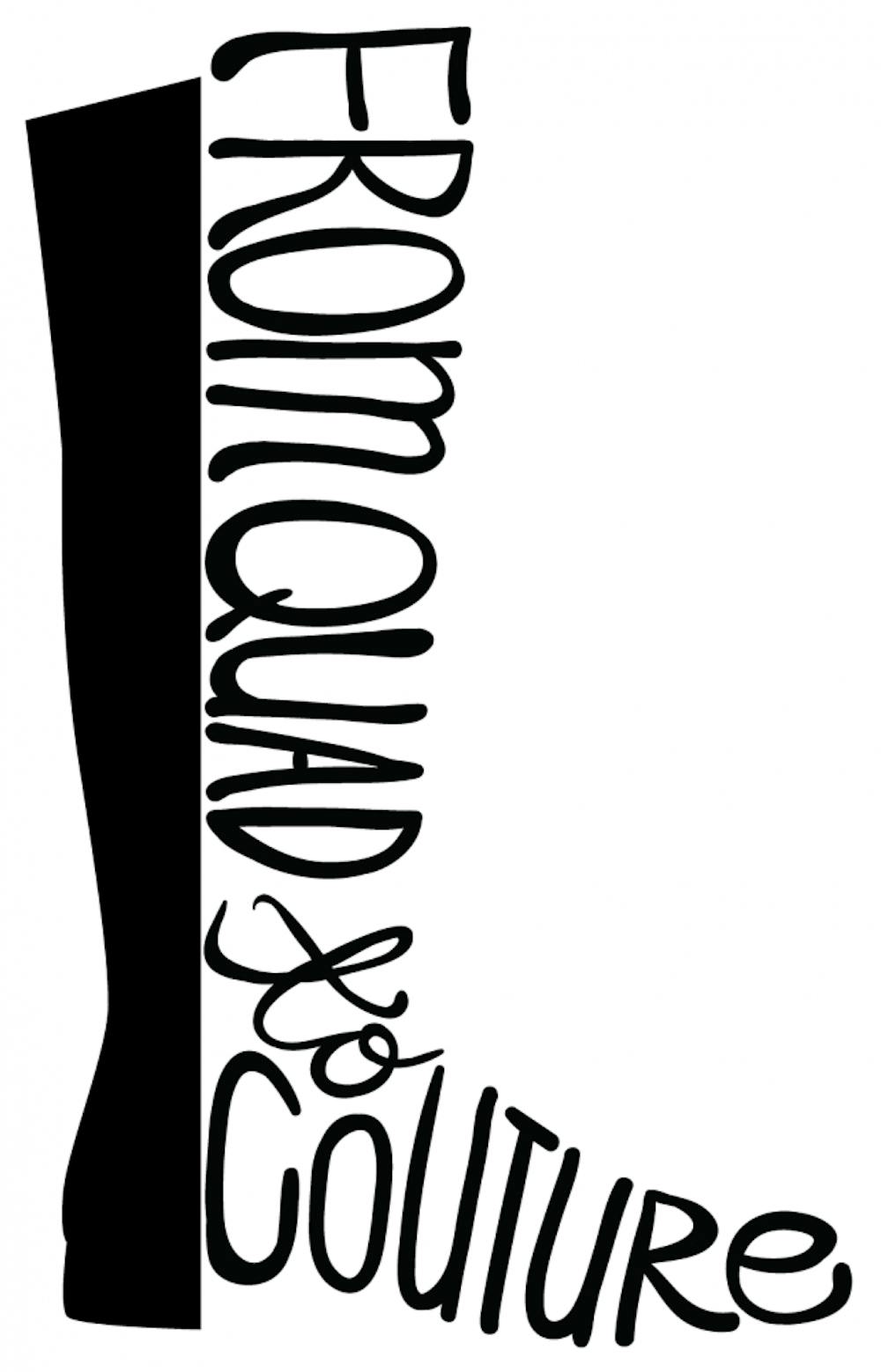
Kate Middleton has been spotted dozens of times wearing his “corkswoons.” Beyonce loves that she danced “a thousand miles” in his heels. Despite photoshoots with Gisele Bundchen or video collaborations with James Franco, designer Stuart Weitzman still counts his time at Penn as the best four years of his life.
The 1963 Wharton graduate is founder and designer of high-end shoe brand Stuart Weitzman. From strappy gladiators to luxurious over-the-knee boots, countless celebrities such as Taylor Swift, Megan Fox and Jennifer Aniston have worn Weitzman shoes.
Stuart Weitzman Holdings, LLC is a $300 million business with 103 stores worldwide and a namesake classroom in Steinberg-Dietrich. CEO Wayne Kulkin, who has worked with Weitzman for more than 25 years, cites the designer as a “master engineer of footwear” and also “one of the most gifted businessmen on the planet.”
“The one thing I respect the most about Stuart is how he makes all his business decisions — making a profit is secondary,” Kulkin said. “Creating the best product and doing the right thing to allow the customer to succeed is always the top priority.”
When Weitzman moved into the second floor of Ware his freshman year, design was strictly a hobby. He credits his Wharton education, however, with the techniques to solve problems and think critically in his post-Penn career.
After his father, Seymour Weitzman, passed away in 1965, Weitzman and his brother took over the family shoe business, although he only committed to designing for the company for a year. Yet only a few months later, his shoes were on a store window in Fifth Avenue in New York.
“It was my shoe in the window!” Weitzman said. “That was all I had to see, I was so excited. Since then I feel like I worked my hobby my whole life.”
While he had a beautiful and surprisingly comfortable product, Weitzman initially struggled with branding.
“He had a fantastic product, but he didn’t have the right brand,” marketing professor Barbara Kahn said. “He was very thoughtful on how to build a brand over and above the product.”
Through a series of Vogue advertisements, celebrity appearances in his shoes and store designs by renowned museum designer Zaha Hadid, Weitzman began building a brand that appealed to a younger audience.
After years of growing success, Weitzman set out to make it big in 2002. Frustrated that the media ignored footwear at awards ceremonies, he decided to create a product people would have to notice.
At the 2002 Academy Awards, nominee Laura Herring stepped out in a pair of “million-dollar shoes,” courtesy of Weitzman. The sandals, worth $1 million, were adorned with 464 diamonds.
“He figured out ways to get his shoes into his conversation and it was not lucky,” Kahn said.
One segment on E!’s Fashion Police and 400 articles later, Weitzman had changed the world of fashion coverage with new ‘shoe cams’ now capturing footwear at awards shows.
Regardless of his growing success, since day one, Weitzman kept in line with Marketing 101 and put the customer’s needs first.
“I spent the first few years making sure that if a woman wore my shoes she would keep coming back,” he said. “The DNA of the company was the engineering of the shoes.”
Someone who wanted to wear Weitzman’s shoes happened to be Beyonce, who wears Weitzman shoes while performing on tour.
“The first time Beyonce called us and wanted to come to the showroom to meet us and tell us what she wanted, my two daughters made me more giddy than I might have been,” he recalled. “They said, ‘Daddy, can we pretend like we’re working?’”
While Weitzman took the Wharton core curriculum, the one class that truly stuck with him was his freshman year mandatory sociology class.
On the first day of the course, the late Professor E. Digby Baltzell pulled out a jug and a canister of golf balls, asking a student to fill up the jug as far as he could.
“We thought it was filled to the brim with golf balls until [Baltzell] filled M&Ms between the golf balls,” Weitzman recalls. “We thought it was full and it wasn’t.”
Baltzell continued filling the jug with sand, and finally, water, to teach the class that the golf balls — symbolizing career — isn’t the only thing that fills the jug of life. The candy represented relationships, the sand were students’ hobbies and the water became family.
“Those elements that actually fill up the jug has been a lesson,” Weitzman said. “It’s been a goal of mine to make sure that the golf balls aren’t the only thing in the jug.”
While at Penn, Weitzman filled his jug with relationships with his fraternity brothers in Sigma Alpha Mu and as a member of the varsity golf team.
Fifty-five years later, Weitzman now stands at the front of a classroom, presenting his business strategy to Kahn’s consumer behavior class. She was excited to bring him in since he is both the creative and strategic power behind his company.
He begins his appearance talking about what else — his shoes.
As the lecture continues, he circles back to one, overarching point: “If you never think big, you’ll always be small.”
The Daily Pennsylvanian is an independent, student-run newspaper. Please consider making a donation to support the coverage that shapes the University. Your generosity ensures a future of strong journalism at Penn.
DonatePlease note All comments are eligible for publication in The Daily Pennsylvanian.





